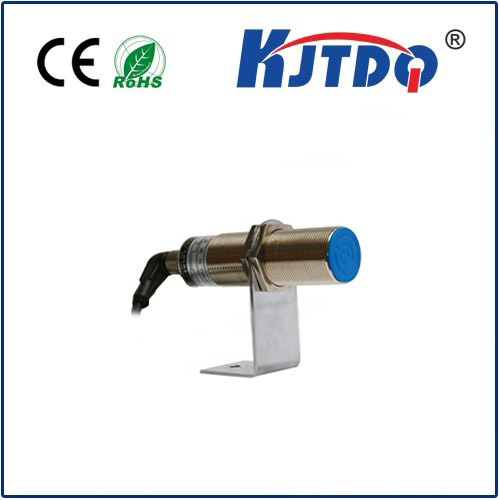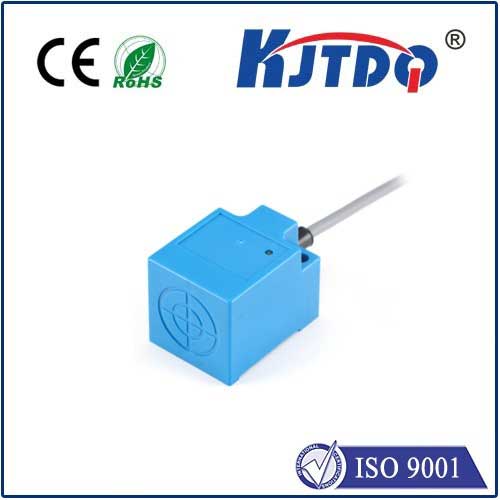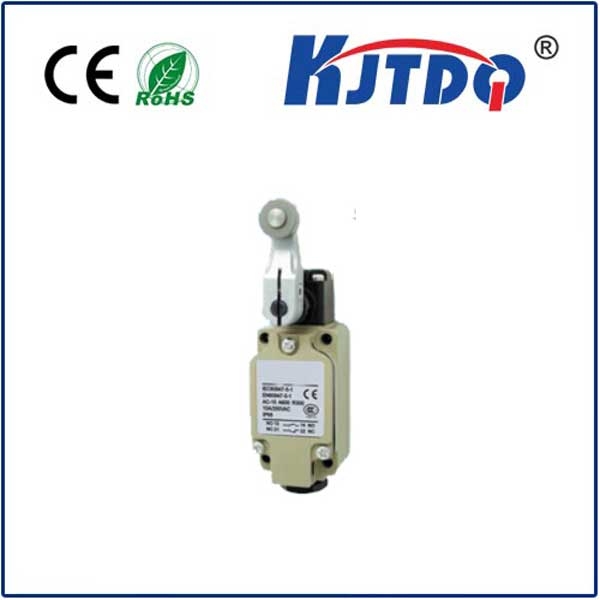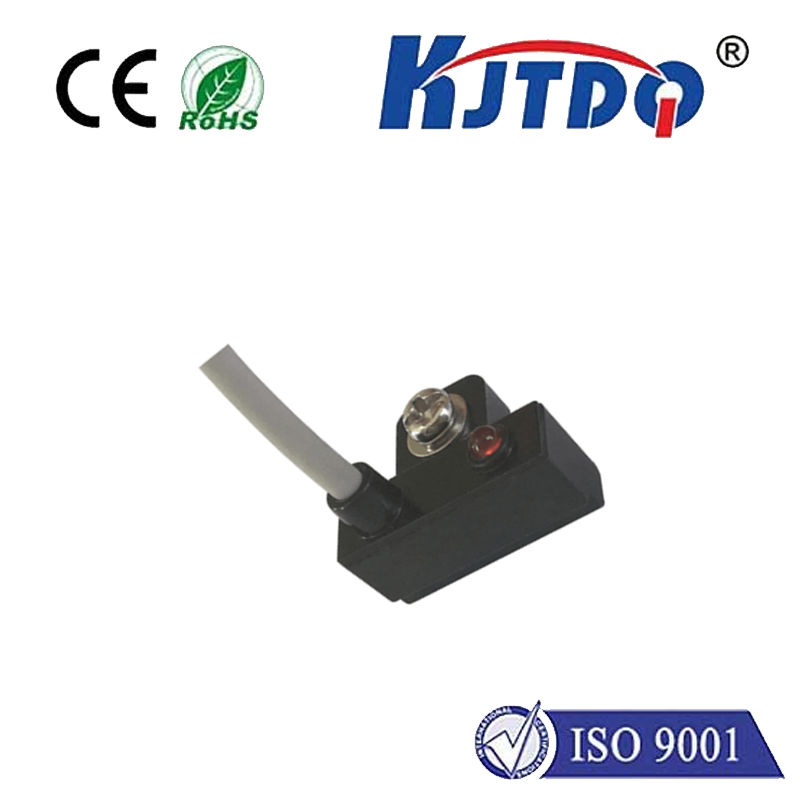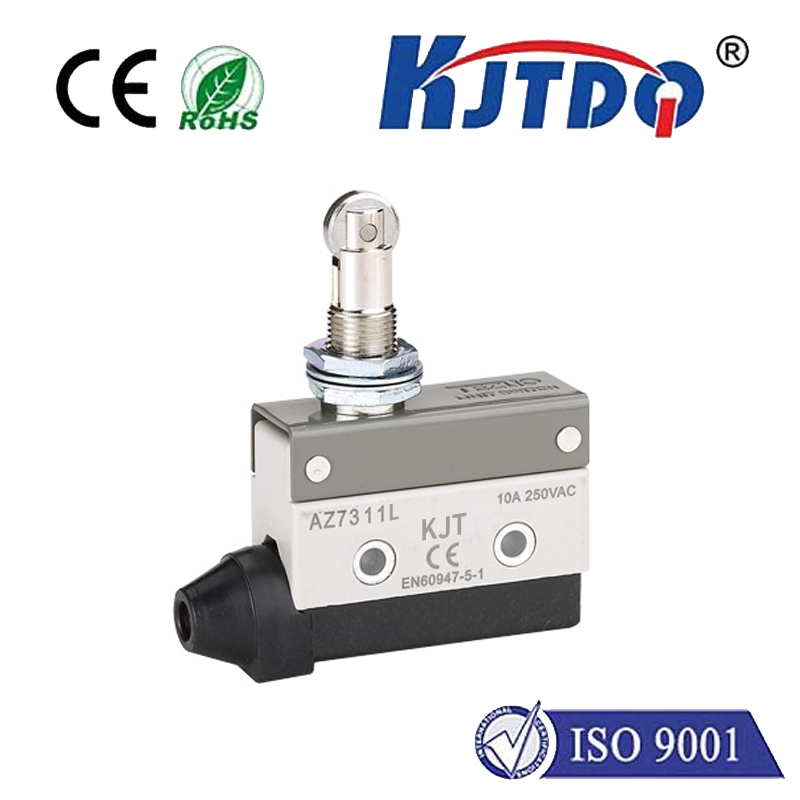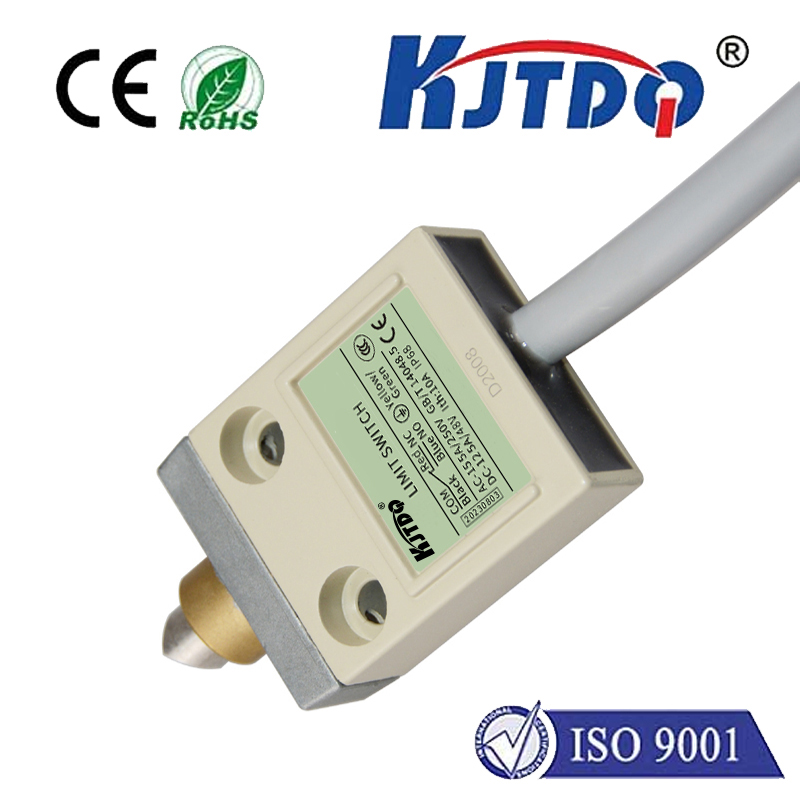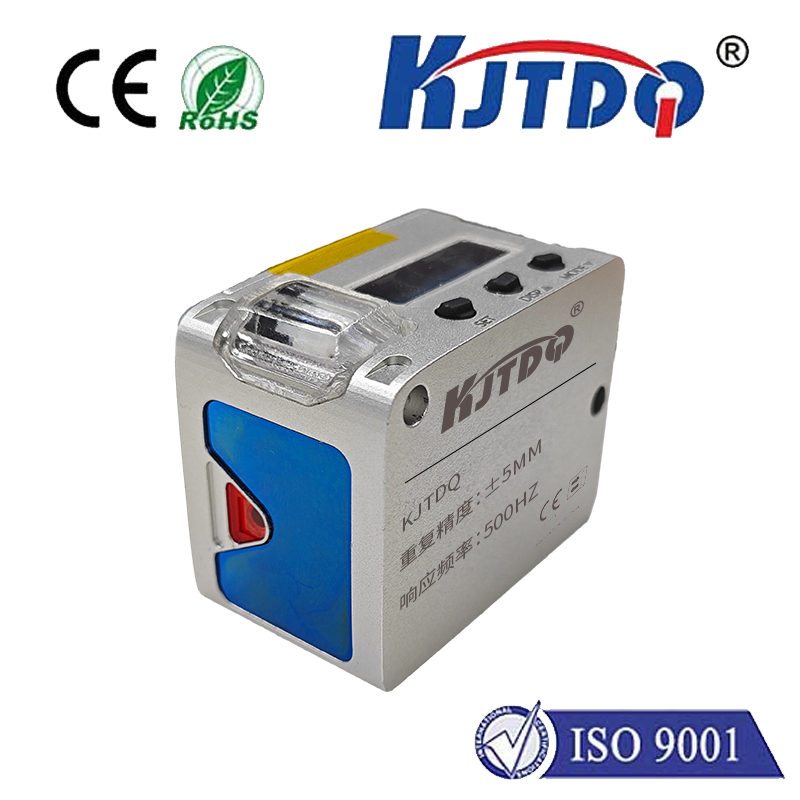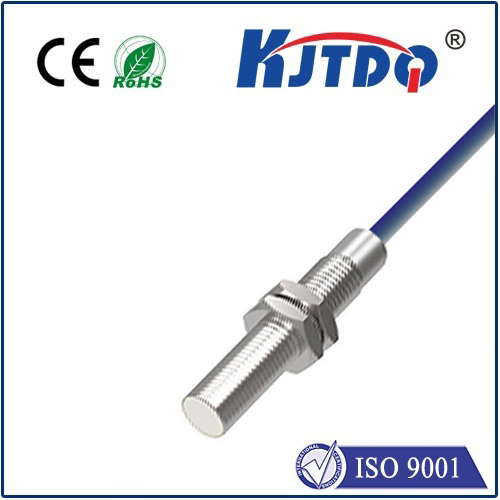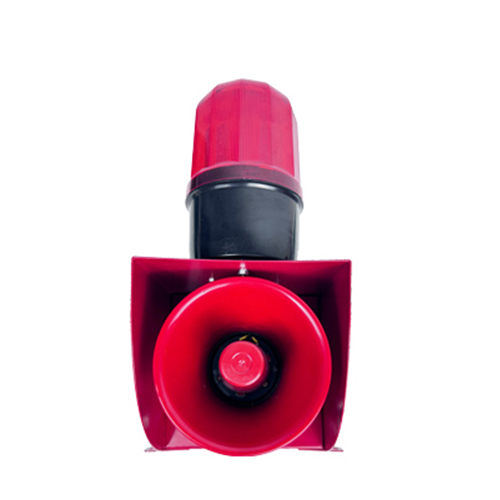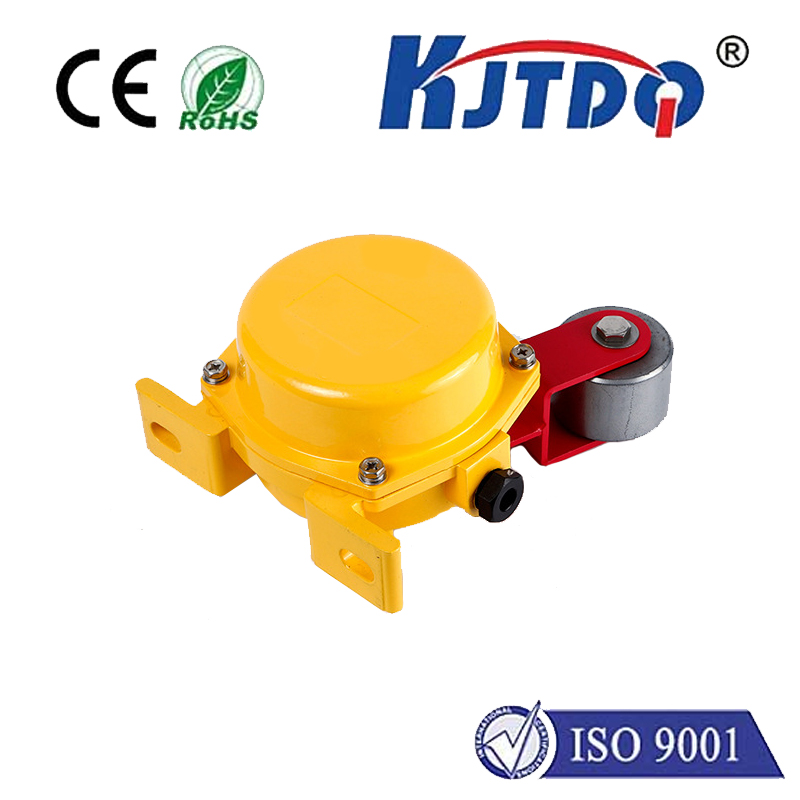

check

check

check

check

check

check

check

check

check

check
Explanation of 8 common professional terms for photoelectric switches
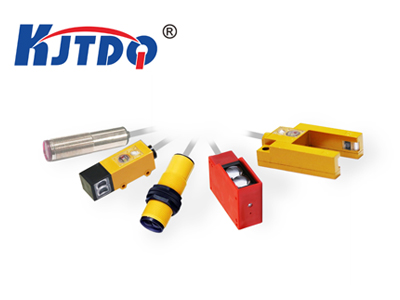
1. Detection distance: refers to the spatial distance from the reference position (sensing surface of the photoelectric switch) measured when the switch operates when the detection object moves in a certain way to the detection surface.
2. Backlash distance: the absolute value between the action distance and the reset distance.
3. Response frequency: The number of photoelectric switch action cycles allowed within the specified time interval of 1 second.
4. Output status: divided into normally open and normally closed. When there is no detection object, the load connected by the normally open photoelectric switch does not work due to the cutoff of the input transistor inside the photoelectric switch. When an object is detected, the transistor It is turned on and the load is powered to work.
5. Detection method: According to the different ways in which the light emitted by the transmitter is refracted back to the receiver when the photoelectric switch detects an object, it is divided into diffuse reflection type, mirror reflection type, through-beam type, etc.
6. Output form: divided into NPN two-wire, NPN three-wire, NPN four-wire, PNP two-wire, PNP three-wire, PNP four-wire, AC two-wire, AC five-wire (with relay), and DC NPN/PNP/normally open/normally closed Commonly used output forms such as multi-function.
7. Surface reflectivity: The light emitted by the diffuse reflection photoelectric switch needs to pass through the surface of the detection object before it can be reflected back to the receiver of the diffuse reflection switch. Therefore, the detection distance and the surface reflectance of the detected object will determine the intensity of the light received by the receiver. , The intensity of light reflected from a rough surface will be smaller than that reflected from a smooth surface, and the surface of the object to be detected must be perpendicular to the emitted light of the photoelectric switch. The reflectivity of white paper is 90%, and that of wooden boards is 70%.
8. Environmental characteristics: The environment in which the photoelectric switch is applied will also affect its long-term working reliability. When the photoelectric switch works at the maximum detection distance, the optical lens will be stained by dirt in the environment and even corroded by some strong acidic substances, resulting in reduced operating parameters and reliability. A simpler solution is to determine the optimal working distance by derating the photoelectric switch based on its maximum detection distance.
